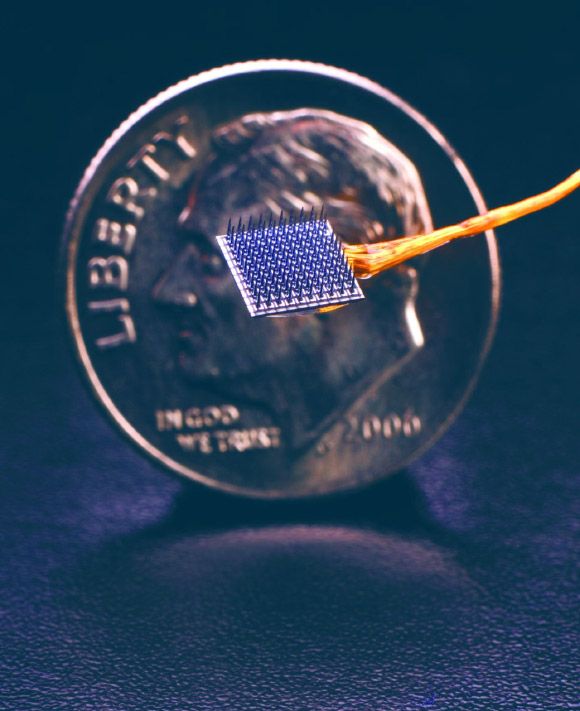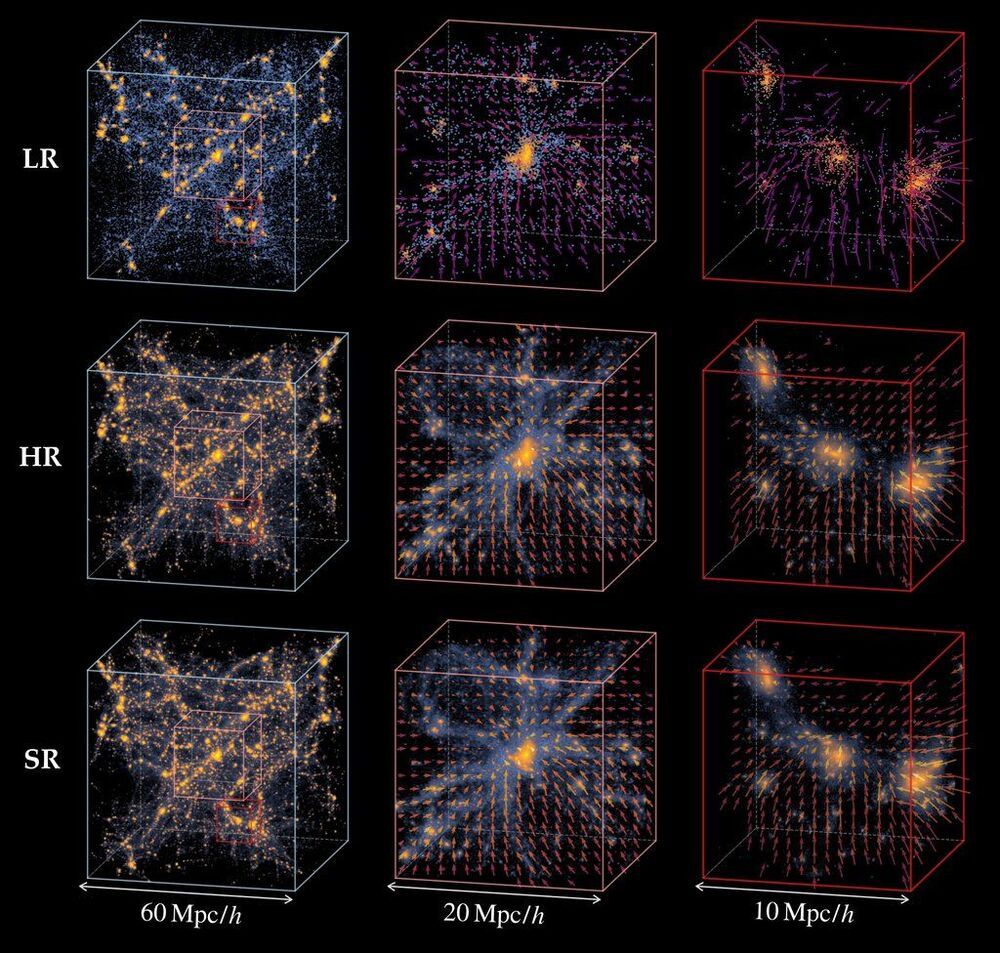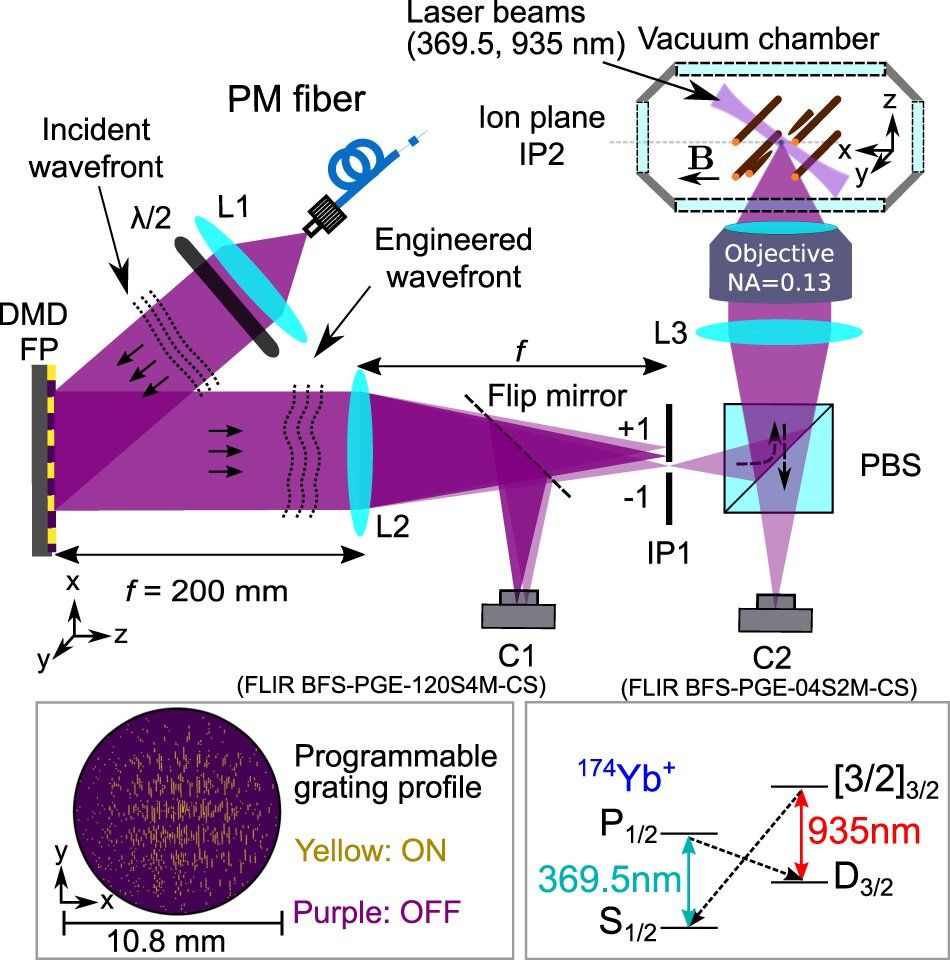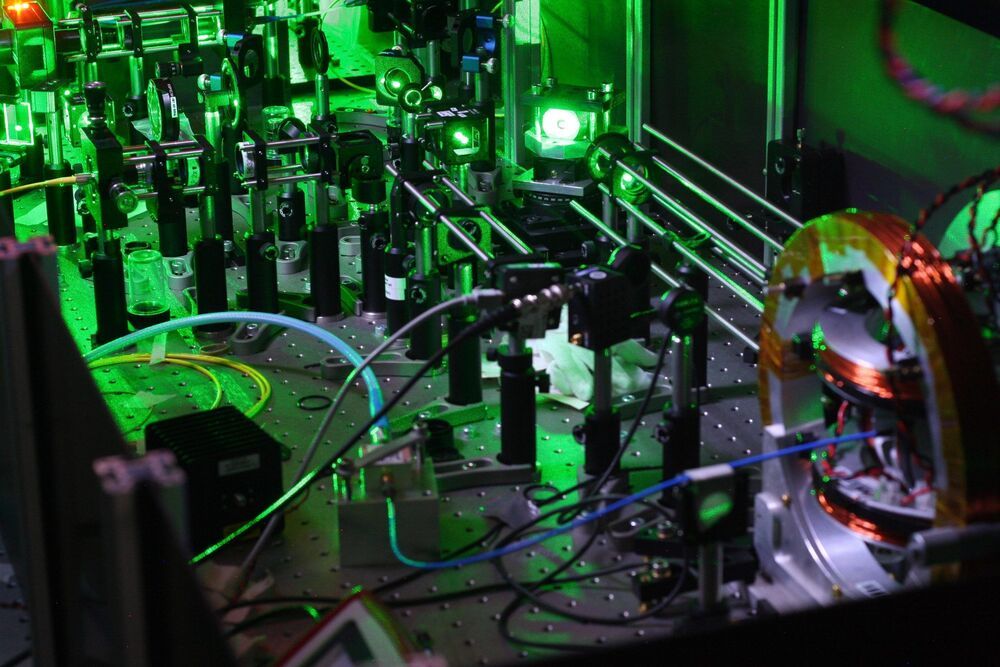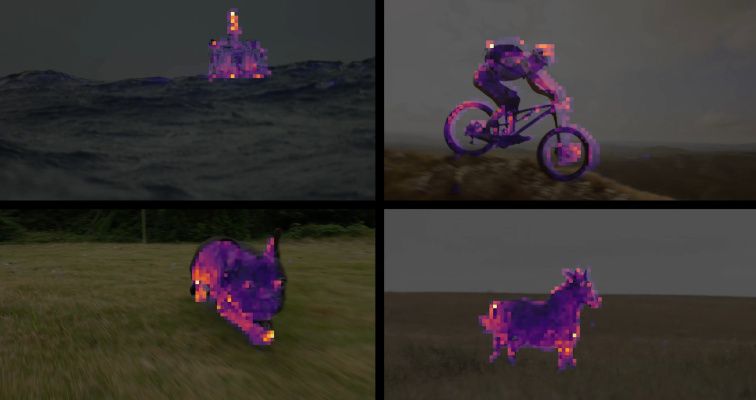Researchers with the BrainGate Collaboration have deciphered the brain activity associated with handwriting: working with a 65-year-old (at the time of the study) participant with paralysis who has sensors implanted in his brain, they used an algorithm to identify letters as he attempted to write them; then, the system displayed the text on a screen; by attempting handwriting, the participant typed 90 characters per minute — more than double the previous record for typing with a brain-computer interface.
So far, a major focus of brain-computer interface research has been on restoring gross motor skills, such as reaching and grasping or point-and-click typing with a computer cursor.
